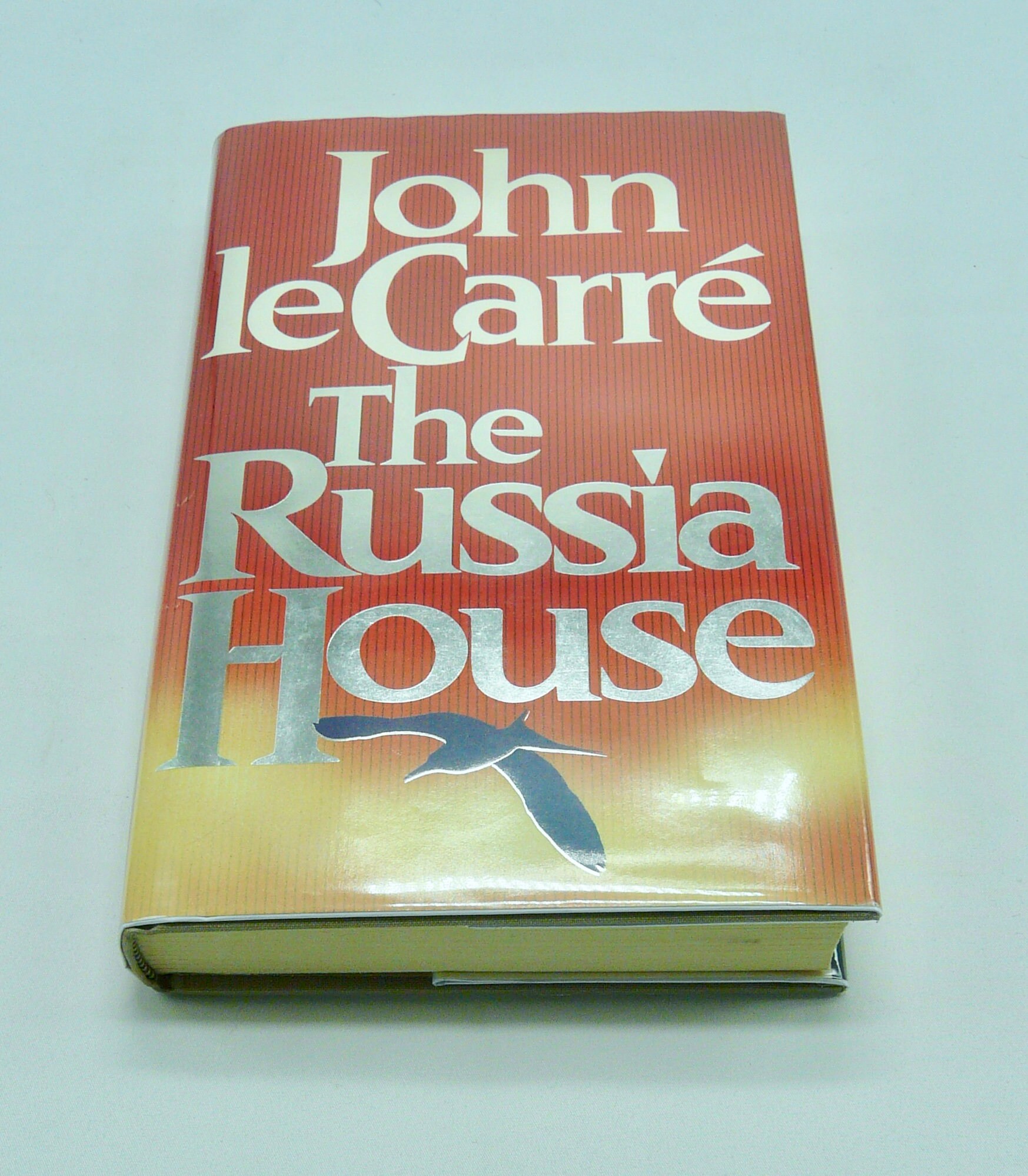



Now there are all kinds of things in what he calls this fable that Mr. The novel zooms in on Barley, who soon finds himself torn between the interests of his handlers and his growing love for the woman who delivered the manuscript to the British. Naturally enough, American intelligence, gravely concerned about the implications of the physicist's message for ''the industrial-military factions,'' also wants a piece of the action. The balance of terror is based on a bluff.īut instead of celebrating, the people at the Russia House decide to find Barley, get him to reveal what he knows about the physicist, and send him back to Russia to find out if the message is real. le Carre's characters believe the Iron Curtain is rusting.īack in London, Niki Landau can't find Barley Blair, so after considerable difficulty he gets the manuscript to the Foreign Office, which in turn delivers it to the ''stubby brick out-station in Victoria known as the Russia House.'' There it is understood that the ''novel'' has been written by a leading physicist whose message is essentially that Soviet telemetry is defective and that Russian missiles have no better sense of aim than a typical five-year plan. So begins ''The Russia House,'' John le Carre's latest espionage thriller, which one would have called a cold war thriller except that it's the time of perestroika now, and many of Mr. Its message is important for all mankind.'' The British Council's ''first ever audio fair for the teaching of the English language and the spread of British culture'' is ''grinding to its excruciating end.'' As Niki Landau packs his wares, an attractive Russian woman approaches him and persuades him to undertake the clandestine delivery of a manuscript to an English publisher named Bartholomew Scott Blair, who is apparently her friend. The Russia House By John le Carre 353 pages.


 0 kommentar(er)
0 kommentar(er)
